Bluebells and wild flowers at Hardcastle Crags
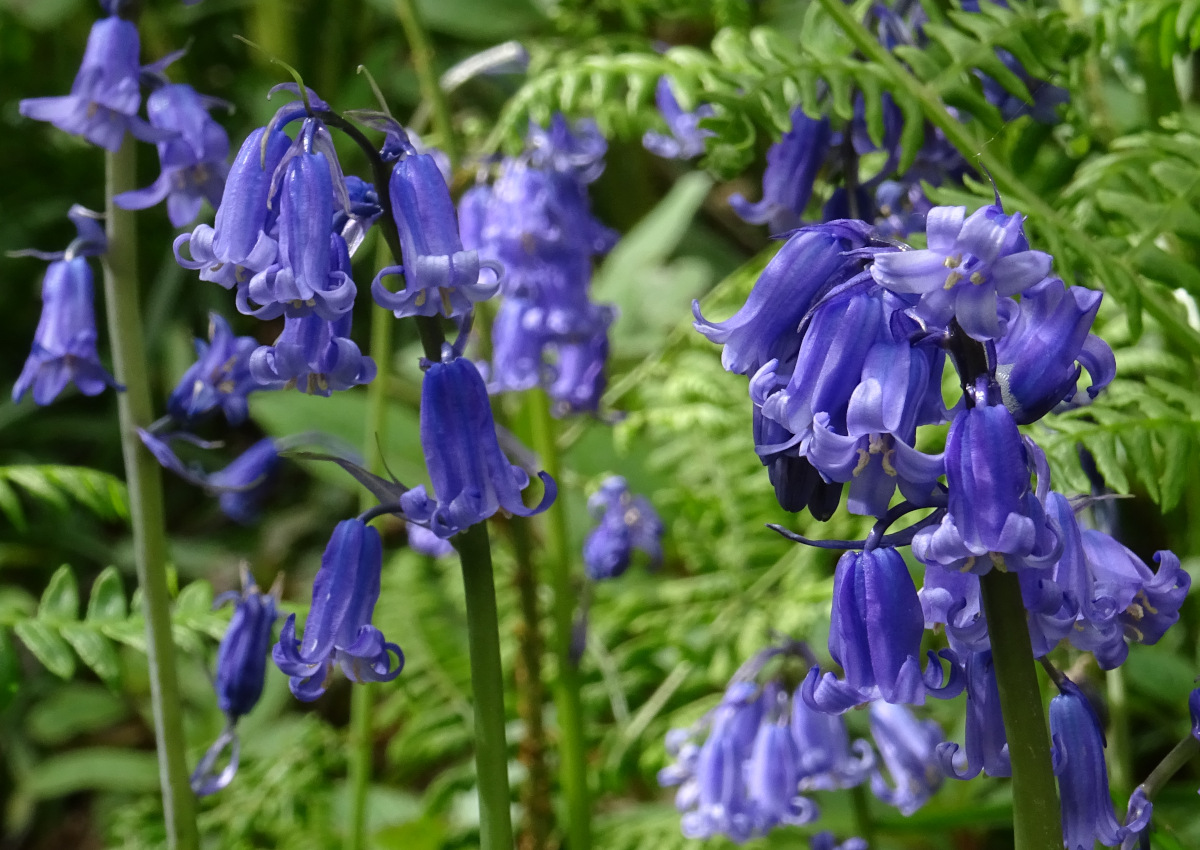
Hardcastle Crags is a great place to see wildflowers.
Table of Contents
The variety of habitats is vast, from wide open fields and pasture to moorland, woodland and damp riverside.
Below: The fantastic spring display of Fairy Foxgloves in the bridge at Gibson mill.
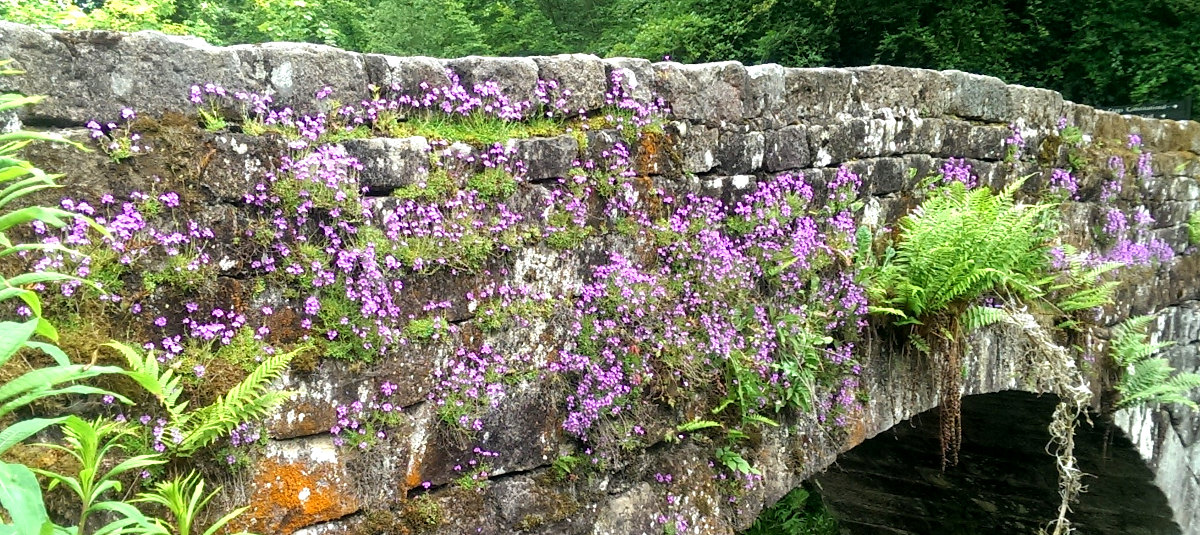
The Hardcastle Crags bluebells and when to see them:
The best time to see the bluebells at Hardcastle Crags is in April and May. The earliest I have ever seen the bluebells begin to flower is the 24th March and the latest was the 19th April.
The bluebell display lasts around 4 weeks and starts higher up before spreading into the valley as the sun warms the ground.
Bluebells are a type of wildflower that is native to Europe and Asia. They are known for their beautiful blue flowers, which bloom in the spring.
Below: The bluebells display at Hardcastle crags.
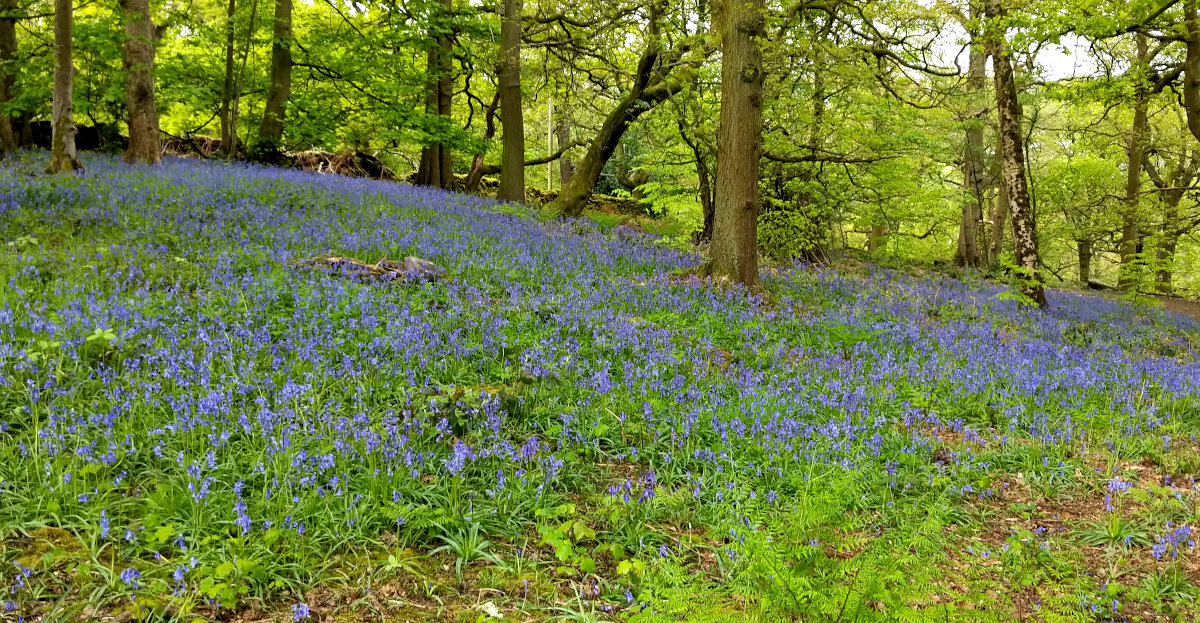
Bluebells can be found in a variety of habitats, including woodlands, meadows, and heathlands.
Hardcastle Crags is a popular spot for viewing bluebells and has been voted one of the top ten bluebell locations in the UK.
The crags are home to a large population of bluebells, which bloom in the woods. The best time to see the bluebells at Hardcastle Crags is April into May.
Hardcastle Crags wild flowers:
The diversity of the site make it great to see all sorts wild flowers and plants, even quite a few rarities.
Below: Common Spotted Orchid, one of 9 known orchid species found in the area.
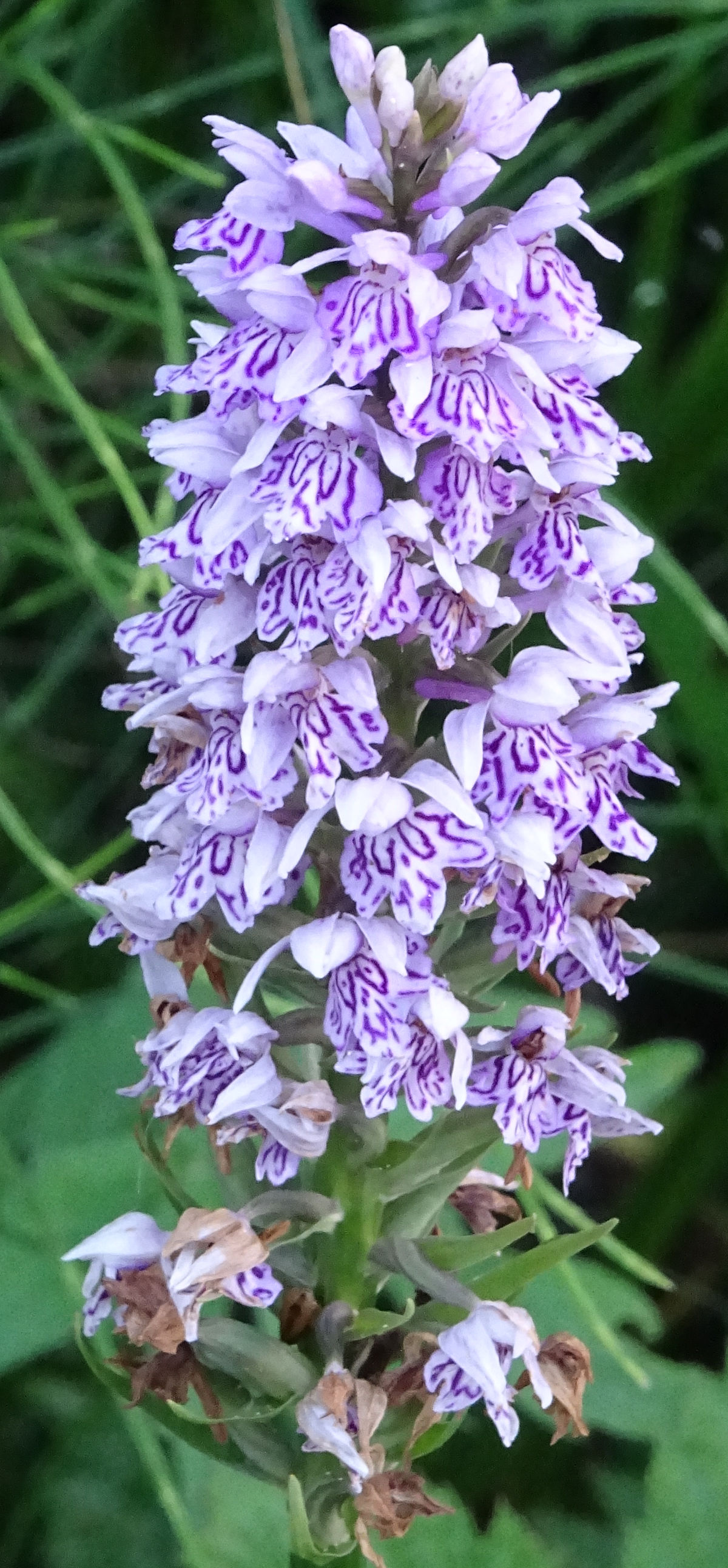
List of wildflowers found in Hardcastle Crags:
Here is a table of some of the wildflowers I have seen at Hardcastle Crags over the years with a few details about each one and which season they appear in:
| Wildflower | Description | Season |
|---|---|---|
| Bluebell. | A type of wildflower with bell-shaped flowers that are typically blue in colour. Hardcastle Crags is well known for its display of bluebells and is consistently voted one of the top ten bluebells walks in the UK. | Spring |
| Primrose. | A type of wildflower with yellow flowers that are typically found in shady areas. | Spring |
| Fairy Foxglove. | A small, low growing alpine plant with distinct pink or mauve flowers with yellow centres. | Spring to summer. |
| Ragged robin. | Much divided, ragged looking pink flowers. Found in wildflower meadows, damp pasture or woodland. | May to August. |
| Forget-me-not. | Tiny five-petalled, blue blooms with yellow centres grow in huge numbers on low shrubs. | May to October. |
| Wood Sorrel. | Wood Sorrel has heart shaped trifolate leaves and the most beautiful small white flowers with pink veins. Flowers close at night and during the rain. | Spring to midsummer. |
| Wood Anemone. | The wood anemone is a member of the buttercup family and grows in the dappled shade of woodlands. a low growing plant with small white or purple streaked flowers. | March to May. |
| Cowslip | A type of wildflower with yellow flowers that are typically found in meadows. | Spring |
| Red and white campion. | Red campion (Silene dioica), also known as red catchfly, is a herbaceous flowering plant. Red campion is a common wildflower in Europe, and it can be found in a variety of habitats, including woodlands, meadows, and hedgerows. Red campion is a hardy plant, and it can tolerate a range of soils and conditions. | Spring |
| Buttercup | A type of wildflower with bright yellow flowers that are typically found in meadows. | Spring, Summer |
| Foxglove. | A type of wildflower with tall spikes of tubular flowers that are typically purple or pink in colour. | Summer |
| Orchids, 9 species known. | Orchids are a diverse group of plants, and they come in a wide variety of shapes and sizes. They are often brightly coloured, and they can be found in a variety of habitats, from woodlands to meadows to heathlands. Orchids are also important for pollinators, such as bees and butterflies. They provide food and nectar for these insects, which help to pollinate the orchids and ensure that they can reproduce. | Spring, Summer |
| Hawkweed | A type of wildflower with yellow or orange flowers that are typically found in dry, open areas. | Summer |
| Knapweed | A type of wildflower with purple or pink flowers that are typically found in meadows. | Summer |
| Thistle | A type of wildflower with prickly leaves and purple or pink flowers. | Summer |
| Purple loosestrife. | Forms dense stands of bright purple flower spikes in wet habitats. | June to August |
| Bird's-foot trefoil | A member of the pea family. A low growing plant with slipper shaped yellow flowers. | May to September |
The wildflowers mostly bloom in the spring and summer, and they make a beautiful sight.
Below: The dainty and beautiful Wood Sorrel.
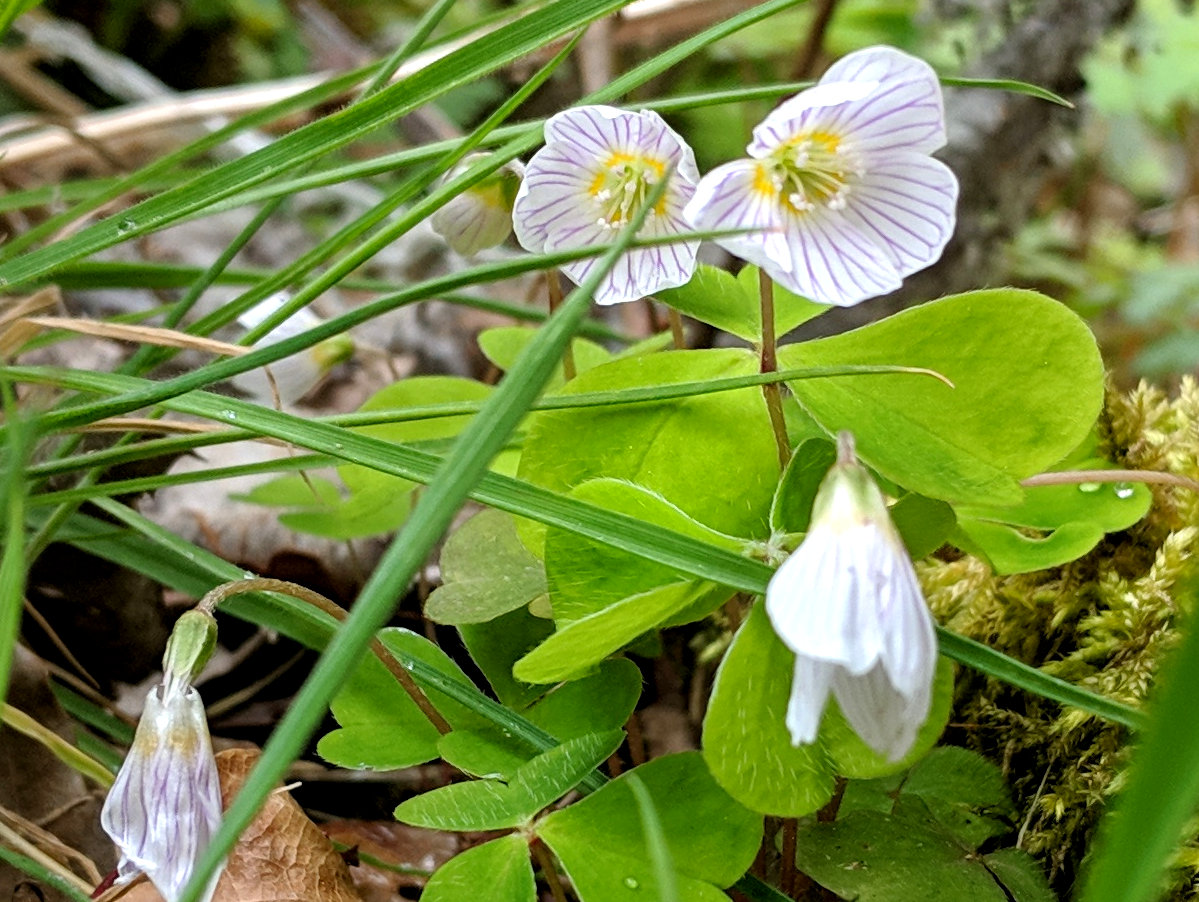
You can see the wildflowers on the walking trails at Hardcastle Crags. If you're lucky, you might even see some rare wildflowers.
Here are some tips for seeing the wildflowers at Hardcastle Crags:
- Go during the spring or summer when the wildflowers are in bloom.
- Wear comfortable shoes and clothing that you can move around in.
- Bring a camera to capture the beauty of the wildflowers.
- Be respectful of the wildflowers and do not pick them.
- Enjoy the beauty of nature and the wildflowers!
